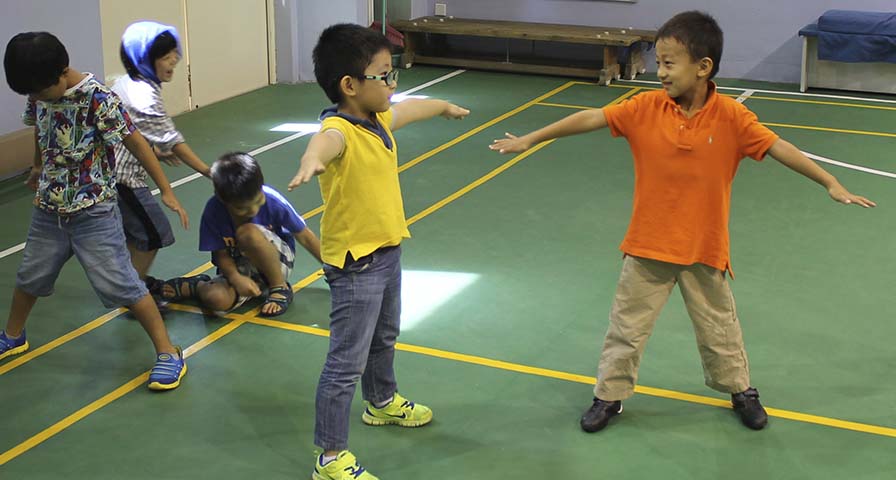Originally published Jan. 30, 2020 in the Daily Republic.
By Stephen Davis
Almost 60 years ago, President John F. Kennedy stated, “Physical fitness is not only one of the most important keys to a healthy body, it is the basis of dynamic and creative intellectual activity.”
Years before research about human cognition began to reveal the remarkably complex neuro-psychological relationship between physical activity and learning, Kennedy was a staunch proponent of physical and intellectual development. He seemed to understand a critical feature of the human mind and body – they are part of an enormously dynamic and deeply integrated biological system.
 As Professor John Ratey of Harvard University describes it, the processes involved in complex thought “are all grounded in motor functions. The brain circuits used to order, sequence, and time a mental act are the same ones used to order, sequence, and time a physical act.”
As Professor John Ratey of Harvard University describes it, the processes involved in complex thought “are all grounded in motor functions. The brain circuits used to order, sequence, and time a mental act are the same ones used to order, sequence, and time a physical act.”
Ratey’s description of the robust interplay among and between the neural pathways and networks of the brain has been well documented. Essentially, in order to learn and think well, we need to train our brains through a combination of intellectual, experiential and physical activities.
While Ratey’s description applies to all age levels, brain research also reveals the vital connection between physical activity and cognitive development in children. For example, a recent large-scale study found that aerobically fit children have stronger attention spans and more durable memories; they perform better on a variety of tasks that require concentrated and logical thinking; they are more competent problem solvers, and they process information more quickly and accurately.
Another small but methodologically rigorous study found that in a high school where fun and non-competitive physical activities were integrated into the school day, student scores on an international standards test in science and math ranked first and sixth, respectively. Particularly impressive was the fact that prior to the integration of physical activity, the school’s test scores were well below the average rankings for other U.S. high schools (e.g., 18th and 19th place).
While studies like these do not prove causality, they offer a compelling rationale for treating physical education and related activities as co-equal components of a robust learning curriculum.
But how does physical activity engender better thinking? While the neurophysiology of the brain is quite complex, there are some basic explanations as to what happens to the brains of people who are physically active. But, before describing these, it’s important to understand that the brain is incredibly “plastic.” It continually changes its connective patterns in response to everything we think, see and do. Moreover, the brain operates more like a symphony than a collection of solo musicians. Think dynamic ecosystem rather than a programmed machine.
Because of this symphonic dynamic, neurons (i.e., specialized brain cells) that carry electrical signals across and throughout the various regions of the brain often share identical pathways, grow or wither as a result of use or disuse, and rewire themselves in adaptation to injuries or complex stimuli.
Importantly, exercise increases blood flow in the brain, brain cell growth, and levels of certain “neurotransmitter” chemicals that improve problem-solving, memory, learning, attention and mood. Finally, when the brain is well nourished biochemically, it is less susceptible to neuropathic disease, forms of dementia and diminished cognitive processing functions.
Physical activity is so important to child development that it should be part of the core educational program each and every day. There are many fascinating examples of how physical activity can be integrated into traditional academic courses. Unfortunately, our commitment to the balanced development of mind and body remains weak. Only 39 states require physical education for elementary students, 37 require it for junior high students and 44 require it for high school students. All too often such requirements represent only small and episodic portions of the curriculum.
Our children deserve better.
Stephen Davis is a career educator who writes a column that publishes every other Thursday in the Daily Republic.
Seeking IHT Spirit System information?




